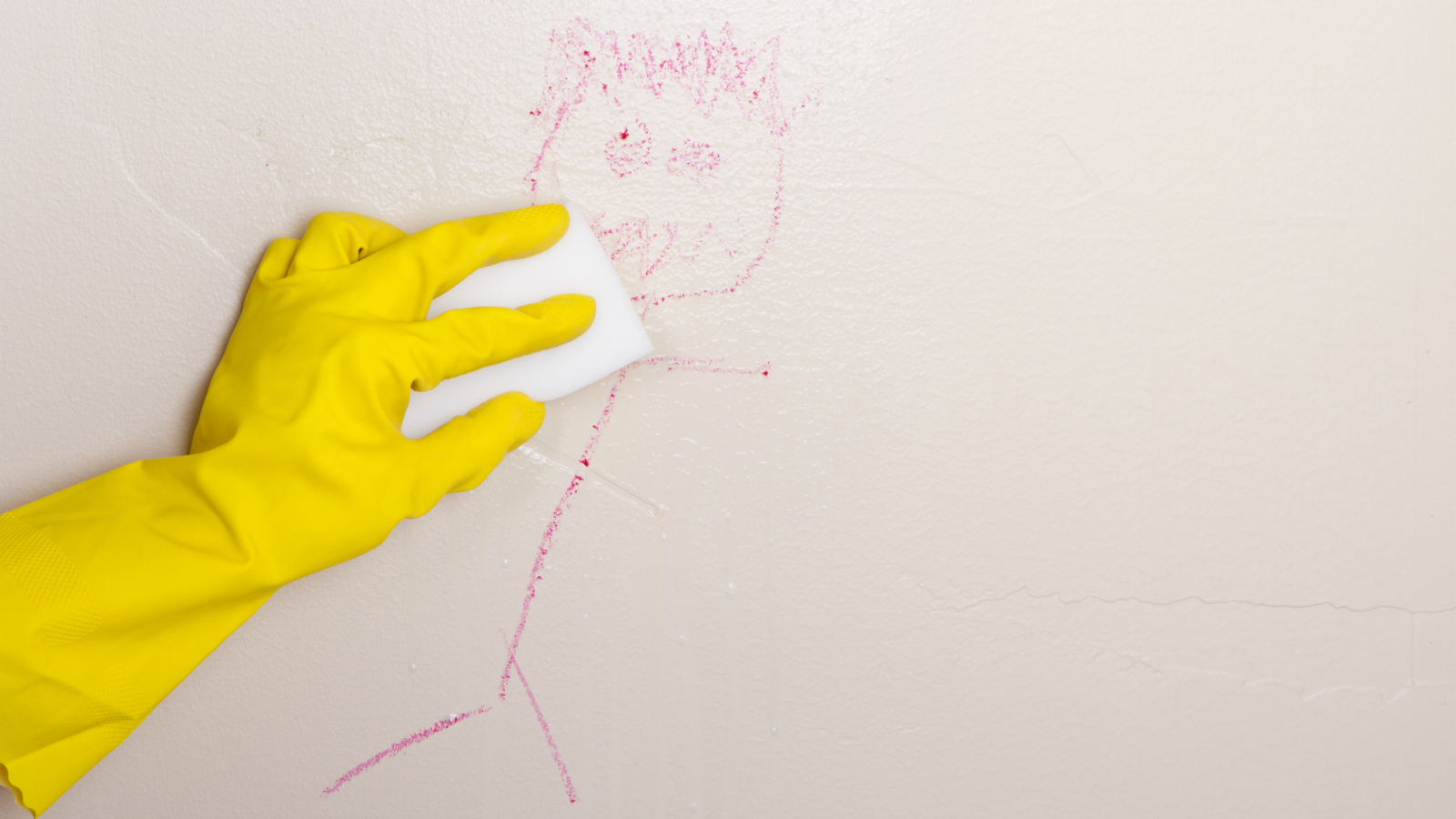Q. Dear Umbra,
I couldn’t find a lot of information on the environmental impact of melamine sponges (like the Mr. Clean Magic Eraser). I mostly use cellulose sponge cloths for cleaning, but sometimes when I’m pressed for time and guests are coming over, those Magic Erasers call out to me. As amazing as they are, I’m assuming they’re not great for the environment since they are not biodegradable and end up getting washed down the sink (and likely going into the ocean). I know it’s not safe for melamine to be in our food (I’ve read about it being found in baby formula and causing kidney failure and whatnot). Can you tell us just how much harm we are doing by using these sponges?
Jenny
Irvine, California
A. Dearest Jenny,
Do you have kids, by chance? I ask because my most pro–melamine sponge acquaintances do, and they love to point out that these squishy tools are just the ticket to wiping crayon and marker stains off walls. This is not a challenge I’ve ever faced myself, so I know I don’t understand the deep frustration that must come from desperately trying to remove Junior’s Still Life in Sharpie before the landlord sees it. Still, I can see why you might want to reach for the melamine sponge despite your misgivings about it.
For the uninitiated, melamine sponges are beloved by the sparkling-clean set for their ability to vanquish tough stains (and not only of the kiddie-artwork variety) that other sponges leave behind. The secret: On the micro-level, they have a very hard yet porous surface, which makes them quite abrasive and therefore great at scrubbing off stubborn smears (think very fine sandpaper). They don’t even need water or a harsh cleaning spray to work. But what are they, exactly?
Technically, the material is called melamine foam — which you’ll also find in soundproof panels and other types of insulation. Melamine itself is an industrial compound, and alone, it’s the poison that sickened and even killed pets in 2007 (from contaminated pet food) and babies in 2008 (tainted infant formula). But the foam contains something different, a compound called formaldehyde-melamine-sodium bisulfite copolymer. I know, formaldehyde doesn’t sound any better, but when you combine all these ingredients, you get a durable resin without the toxic effects of the individual parts. Well, probably: There is some suggestion that the sodium bisulfite part might contribute to formaldehyde off-gassing, though data is spotty there.
You also asked about foam particles getting washed down the sink, Jenny, and it’s a fair question: Do these sponges contribute to the microplastic scourge currently plaguing our waterways? In short: We don’t know. A handful of studies have identified melamine polymers as possibly being part of the problem (like this one, this one, and this one), but we don’t know for sure. Without much hard data, it seems fair at this point to at least consider melamine foams part of our Persons of Interest list.
One thing’s for sure, though: Melamine foam is a human-made, non-recyclable, non-biodegradable substance, unlike your trusty cellulose sponges. And because a little bit of the melamine sponges rubs off every time you use ‘em, they wear out quickly. For those reasons alone, I say we can do better. Cellulose sponges, made from natural materials such as cotton fiber or wood pulp, are a better alternative because they can be composted. And longtime readers know I never miss a chance to promote my favorite cleaning tool, the old towel/T-shirt/sock rag — it’s free, reused, and ultimately compostable, too.
It’s true, these two lack the abrasive magic of the melamine sponges, but you can boost your scrubbing power nicely using a nontoxic DIY cleaner made from baking soda, washing soda, and salt. I’ve used a similar potion on my bathtub, sinks, and countertops, and I daresay it would even help with the crayon-on-the-walls conundrum. At least until you can convince Junior to switch from murals to a paper-based art form, that is.
Caustically,
Umbra



